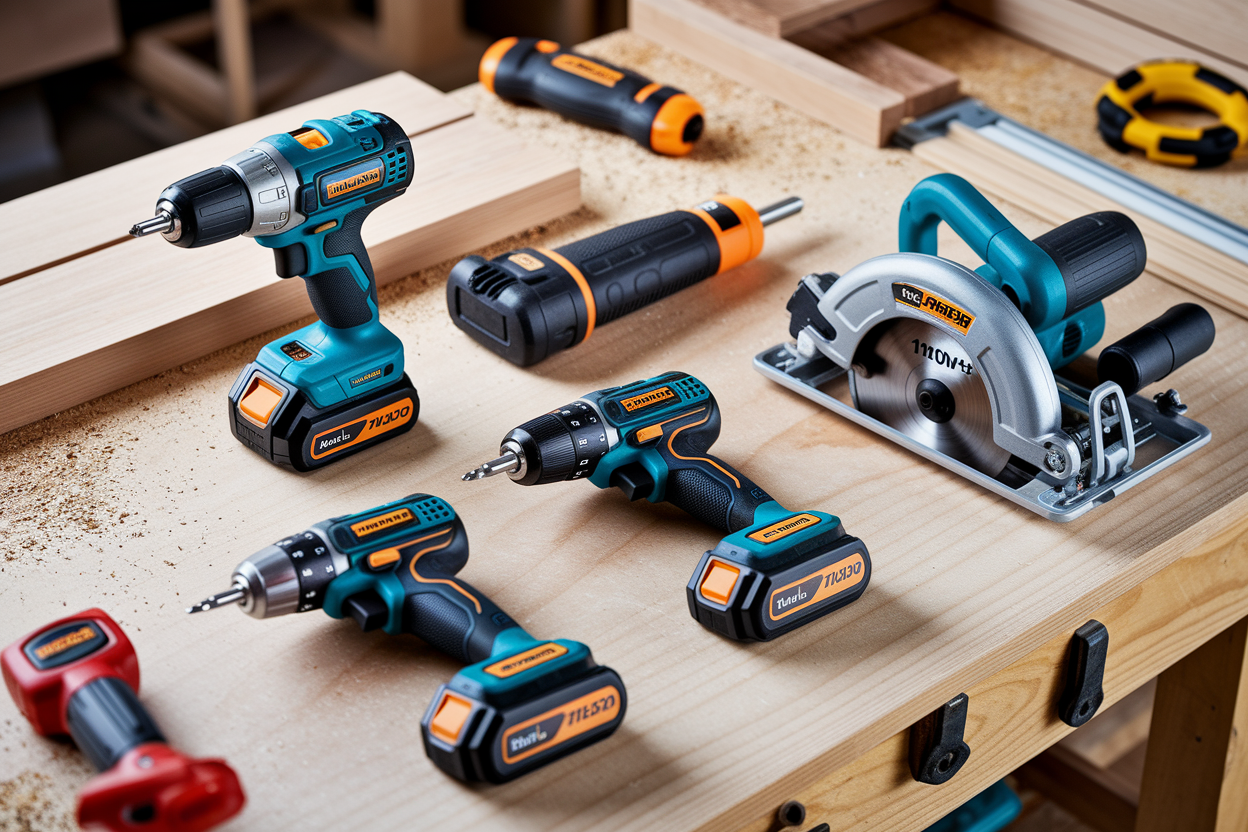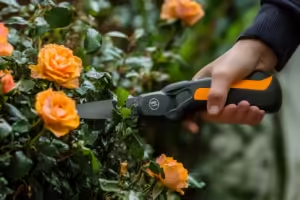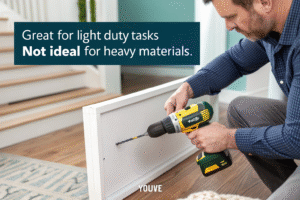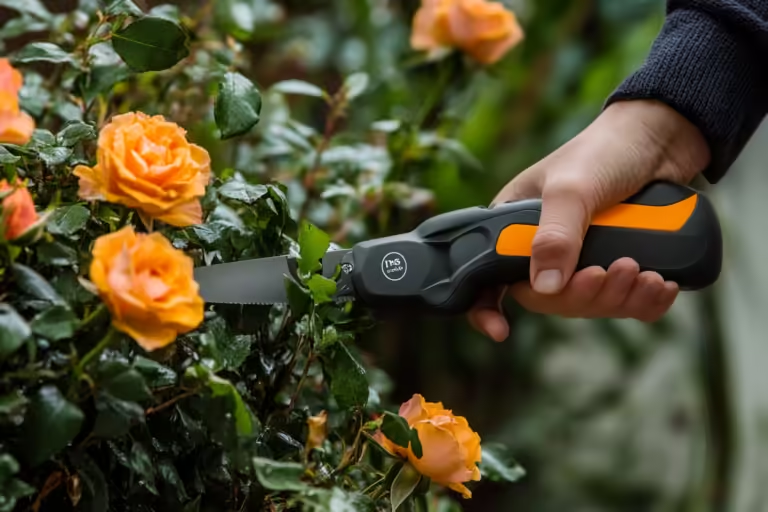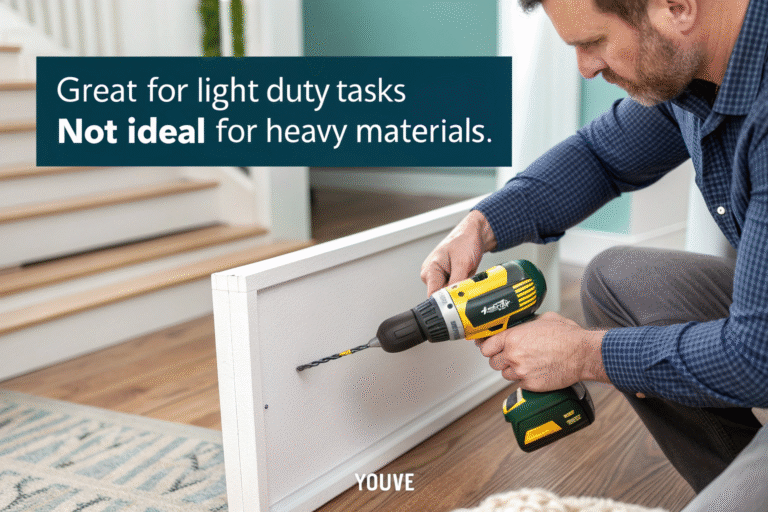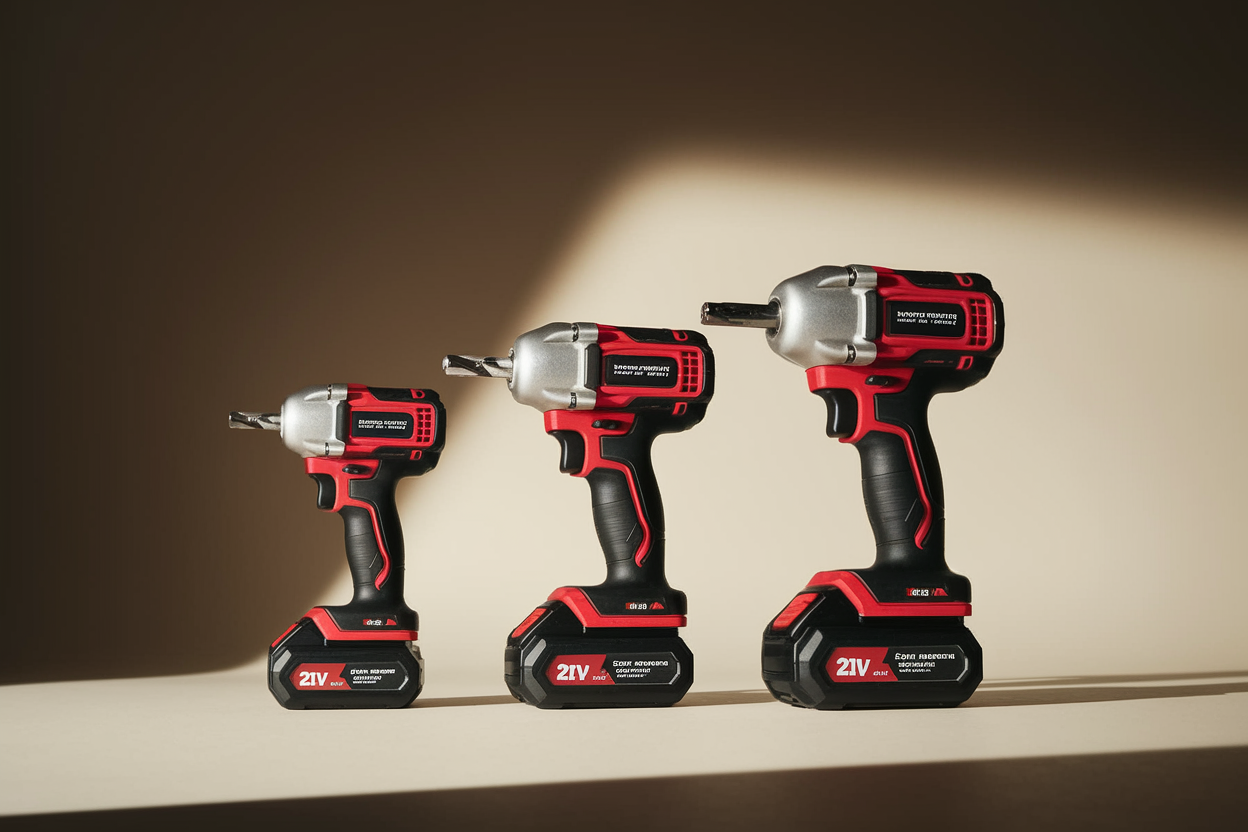
A wrench is just a wrench—until you’re stuck with the wrong one. Trust me, I’ve been there. Let’s dive into what really matters when choosing the right cordless wrench1 for your business or toolbox.
A cordless wrench is a battery-powered tool used to tighten or loosen bolts and nuts without the need for manual effort or an air compressor.A wrench is just a wrench—until you’re stuck with the wrong one. Trust me, I’ve been there. Let’s dive into what really matters when choosing the right cordless wrench for your business or toolbox.
It’s widely used in automotive, construction, and assembly tasks2 where portability and speed matter most.
There’s no shortage of wrenches out there. But when your business—and your reputation—depends on quality and precision, making the right call becomes personal. Especially when you’re sourcing from across the world3.
What is a cordless wrench?
Cordless wrench4 basics sound simple, but don’t let the name fool you—there’s more happening under the hood.
A cordless wrench uses a rechargeable battery to deliver torque, often through a hammering mechanism inside the tool, which allows it to loosen tight bolts with ease. This makes it ideal for remote jobsites or quick repairs without cords or air hoses.
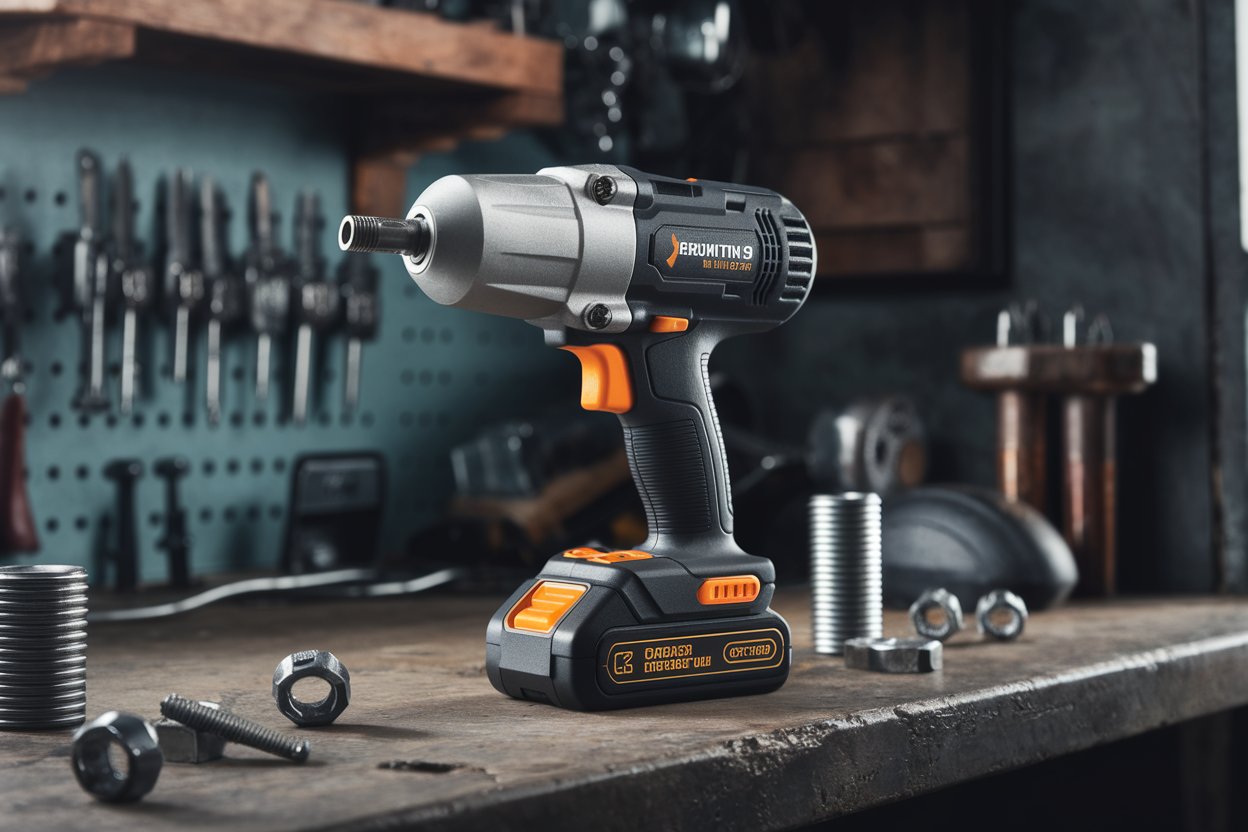
When I first held a cordless wrench on a job site, I was amazed. No cords to trip over. No dragging compressors. Just power in the palm of my hand. Most use a brushless motor5, which gives more efficiency and longer runtime—important if you’re working through long shifts or tough conditions.
Many of our customers, especially in auto repair or field construction, tell us they save up to 40% in time on repetitive fastening tasks. That's huge—especially when deadlines are tight.
Here’s where a cordless wrench really shines:
- Automotive repairs (like changing tires)
- Heavy-duty construction
- Machinery maintenance
When choosing one, consider these specs:
| Feature | Why It Matters |
|---|---|
| Voltage (18V/21V) | Higher voltage = more torque |
| Battery type | Lithium-ion lasts longer, charges faster |
| Torque range | Determines power for tough jobs |
| Anvil size | Match it to your sockets (1/2", 3/8", etc.) |
You don’t need to be a tool nerd to get it right. But understanding what makes a cordless wrench tick helps you avoid expensive mistakes.
What is the best cordless impact wrench for lug nuts?
Every tire job feels different—but the right tool can make them all easier.
A 1/2-inch cordless impact wrench with at least 250 ft-lbs of torque is ideal for removing and tightening lug nuts on most vehicles. Brands like Milwaukee, Makita, and YOUWE offer great options in this range.
I remember once trying to change a client’s tire display set in a trade show using a 3/8” driver. Big mistake. It couldn’t budge the bolts. Since then, we always suggest 1/2" drive impact wrenches for lug nuts—no questions asked.
You’ll want:
- Variable speed trigger for control
- Brushless motor for durability
- Detent pin or friction ring anvil for easy socket changes
And don’t forget to pair it with deep impact sockets—regular ones crack under pressure (literally).
What is the most powerful 1/2 cordless impact wrench?
You want raw power? I get it. Sometimes, torque is everything.
The most powerful 1/2 cordless impact wrenches deliver over 1,000 ft-lbs of torque, suitable for commercial trucks, heavy equipment, or rusted fasteners. Popular models include the Milwaukee M18 Fuel High Torque and YOUWE 21V Heavy-Duty Series.
I once watched a mechanic in Palermo remove a 10-year-rusted bolt from a bulldozer frame. His weapon of choice? A 1,200 ft-lb wrench. It didn’t even flinch.
Power like this isn’t just for show. If you're in:
- Mining
- Heavy vehicle maintenance
- Steel structure assembly
...you’ll need the beast-mode torque. But remember: with great power comes more weight and bulk. Always match the tool to the job, or risk fatigue and overkill.
How much torque do I need in a cordless impact wrench?
Here’s where most buyers get stuck: torque numbers. Let’s break it down simply.
For light work (150–250 ft-lbs), go small. For automotive (250–500 ft-lbs), go mid-range. For industrial jobs, aim above 800 ft-lbs. Always match torque to your work demands to avoid damage or underperformance.
Think of torque like coffee strength. A double espresso might be great at 7AM—but not when all you need is a mild afternoon brew. Don’t overdo it.
Here’s a quick cheat sheet:
| Job Type | Torque Needed (ft-lbs) |
|---|---|
| Furniture Assembly | 150–200 |
| Car Lug Nuts | 250–350 |
| Tractor Bolts | 600+ |
| Rusted Industrial | 900+ |
Too little torque = frustration. Too much torque = snapped bolts or stripped threads. Get it right, and your tool becomes an extension of your hand.
What is the difference between an impact driver and an impact wrench?
It’s easy to mix them up—I did too when I first started.
An impact driver is designed for driving screws and light fasteners, while an impact wrench delivers more torque for bolts and nuts. The driver uses a 1/4" hex chuck, while the wrench uses a 1/2" or 3/8" square drive.
Let me paint the picture: you wouldn’t use a steak knife to chop wood. Same goes here. If you’re assembling cabinets, the impact driver is perfect. If you’re working on a car frame? Bring the impact wrench.
Here’s a breakdown:
| Tool Type | Best For | Torque Level |
|---|---|---|
| Impact Driver | Screws, drywall, woodwork | Low–Mid |
| Impact Wrench | Bolts, lug nuts, machines | Mid–High |
Each has its place. But confusing them could leave you underpowered—or worse, stripping everything in sight.
What is the difference between 1/2 and 3/8 impact wrenches?
Size matters. And not just for power, but for precision.
A 1/2-inch impact wrench is more powerful and suitable for heavy-duty tasks, while a 3/8-inch wrench is lighter, ideal for tighter spaces and moderate torque jobs. Choose based on access and power needs.
I’ve had customers buy 1/2" models thinking “bigger is better,” only to realize they can’t fit them under the dashboard or inside machinery frames.
Here’s how I usually explain it:
- Use 3/8” if you work in tight areas (cars, HVAC)
- Use 1/2” for brake jobs, lug nuts, and larger bolts
- Keep both in the truck if you’re serious about versatility
Tool balance is everything. And your arm will thank you after a long day.
Conclusion
Choosing the right cordless wrench isn’t rocket science—but it does take a bit of thought. Trust your needs, not the hype. And if you’re ever unsure, I’m always just one message away.
-
Clicking this link helps readers understand what a cordless wrench is, why it's useful, and how it differs from traditional or pneumatic wrenches—critical for making informed buying decisions. ↩
-
This link helps readers see real-world use cases of cordless wrenches in various industries, so they understand whether this tool fits their specific work environment. ↩
-
Clicking this link helps readers learn best practices for sourcing wrenches globally, avoiding quality issues, and protecting their business reputation. ↩
-
This linke helps readers find the suitable toruqe setting in industrial area. ↩
-
Helps the reader understand why brushless motors are more efficient and preferred in power tools. ↩

